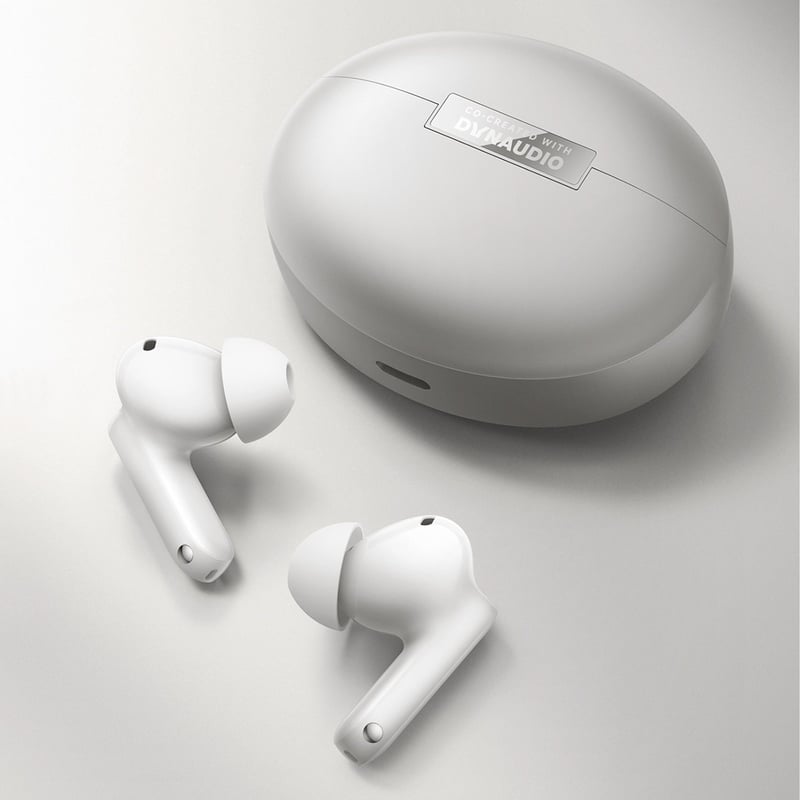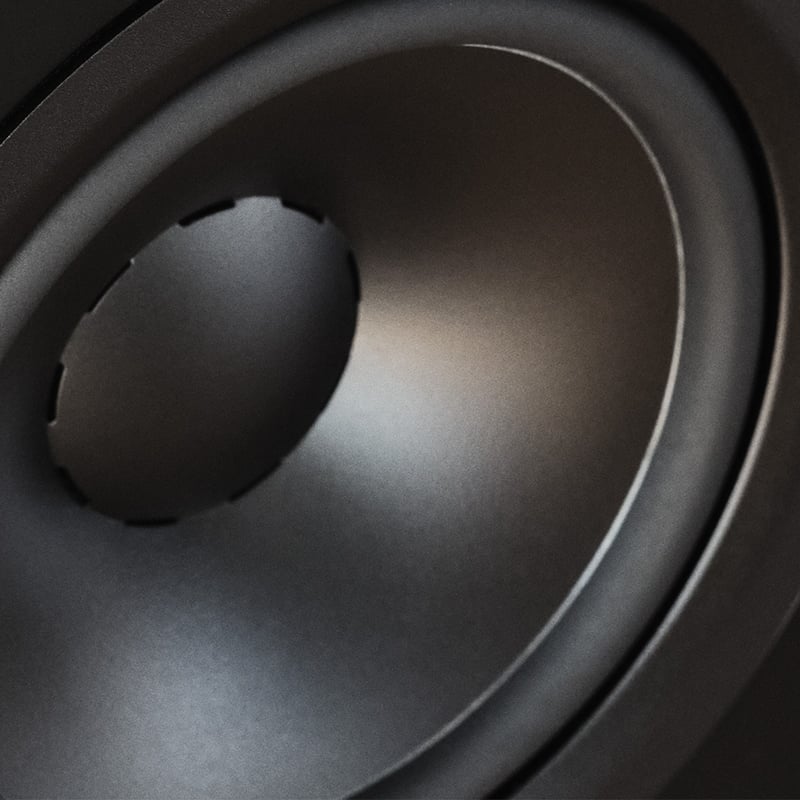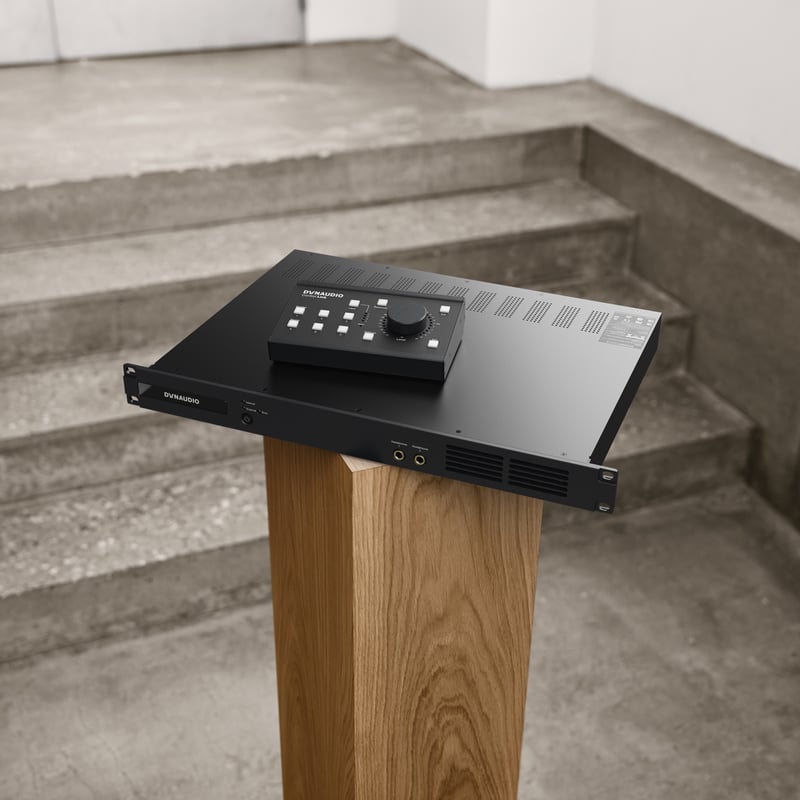There’s something about vinyl, isn’t there. Whether it’s the feeling of lowering the needle onto a favourite record, that slight hiss – warm and analogue and comforting – or even just the experience of sitting on the floor and poring over album art and liner notes while a disc plays, listening to a vinyl record is an experience other formats just can’t match.
But for those of you who have grown up in the digital domain (or whose last record player was something that resembled a suitcase and had a built-in speaker), starting a new, vinyl-based system from scratch can be a daunting prospect.
It needn’t be. Follow this simple guide and you’ll be spinning your new collection in no time.
What all the bits of a turntable do
A vinyl set-up has a few more components than you’ll find in, say, a CD-based system. There’s the turntable itself, of course (more on that in a bit). Then there’s the phono stage – a pre-amplifier that takes the incredibly faint signal from the cartridge and ramps it up enough for the main amplifier to deal with.
The cartridge contains the needle and magnets, and is what turns the vibrations from the record groove into an electrical signal. The needle, or stylus, is commonly diamond-tipped – and very delicate. It has to be, because it needs to faithfully communicate the minute physical variations in the record grove to the rest of the system. Treat it as carefully as you would a soft-dome tweeter…
Cartridges come in two flavours: moving magnet (MM) and moving coil (MC).
The cartridge sits on the end of the tone-arm – attached at the other end to a pivot in the corner of the turntable so it can track across the record as it plays. Tone-arms come in a variety of styles, shapes, colours and weights – but the most important thing is to make sure it doesn’t put too much pressure on the stylus. If it does, it’ll damage your records. Many tone-arms feature an adjustable weight at the pivot end so you can fine-tune this yourself (or have someone do it for you).
The records themselves sit on the platter. This can be made from a variety of materials – including acrylic, MDF, metal and even glass. You might also get a rubber mat with it to keep the record from slipping.
Finally, there’s the drive mechanism. Belt drive is the most common (the turntable’s motor is connected to the platter via a rubber band. Why? Because the rubber absorbs unwanted vibrations from the motor and stops them being transferred to the platter. You might also find direct drive systems, where the motor is connected to the platter itself. These ensure a consistent rotational speed, but could be prone to vibration.
Which turntable should I buy?
You can go a few ways with this. If you’re just starting out, though, you’re probably best-served with a plug-and-play model. These come out of the box with everything already set up: you won’t have to assemble anything, they have a built-in phono stage (just connect it to your main amp or active speakers), and they might even have a USB port for converting your collection to digital formats (although we think that takes the fun out of it a little bit).
At the other end of the spectrum is the full-on, build-your-own route. Your local hi-fi dealer can help you with this. You’ll pick every single component yourself – the tone-arm, cartridge, phono stage and more – to build a bespoke turntable. Some manufacturers offer packages of components they know will work together, but the beauty of this route is that you can pick the ones that sound best to you. And you can fettle and upgrade them later as you please.
The middle-ground is the package that comes with the tone-arm and cartridge, but requires you to supply the phono stage. This is where demoing comes into its own – take your turntable and a few favourite records to your hi-fi shop and try out different phono stages to see which one you like best. This approach also lets you upgrade the cartridge and phono stage at a later date for even better sound.
How to set up a turntable
First things first: make sure it’s level. Absolutely level. Spirit-level level. Your turntable needs to sit on something rigid and well damped, too – any external vibrations will affect its performance. You might find your turntable has internal adjustment in the form of feet or even platter suspension, too – and it’s worth tweaking these to make sure everything is just so before you do anything else.
When you’re setting up the tone-arm, make sure it sits parallel to the platter. And then it’s time to set the tracking weight – the amount of force the stylus puts on the record. The cartridge manufacturer will have a specified figure here, so there’s no guesswork: just use a tracking-force gauge and take your time. If the weight is too high, the sound will be dull; too low and it’ll sound thin.
Finally, there’s the bias adjustment. This is a sideways force on the cartridge to act against the inward-pulling force the record groove puts on the stylus. The bias is usually set to the same as the tracking weight.

Keeping it all clean
Prevention is best, of course. Keep everything dust- and gunk-free and you won’t have to do a huge spring-cleaning job later on. Anti-static cloths can really help here: just give everything a wipe down before and after use. At a push, a slightly damp microfibre cloth will do the job, too.
When it comes to your records, don’t scrub away with pure isopropyl alcohol. It’ll de-gunk the grooves, sure, but a heavy-handed approach could damage the discs. Likewise, don’t just wash them with soap and water under the tap. Not that you would…
Again, a microfibre cloth or dedicated record-cleaning brush is your best friend here. As is washing your hands before you handle your discs – the less oil and muck you transfer to them, the better.
When it comes to cleaning your stylus, if you’ve been keeping your records clean you shouldn’t really need to. But if you do, there are dedicated stylus-cleaning brushes and kits available. Just take your time, be careful and, again, avoid isopropyl alcohol in any of the cleaning products.
Connect to Dynaudio loudspeakers
By now you should be armed with all the knowledge you need to get up and running with your vinyl-based system. It’s worth remembering, too, that you can get the best of both worlds if you’re using Dynaudio equipment. You can build a stellar traditional system using our passive speakers or, if you want to break the mould a little, you can connect your phono stage to a Dynaudio Connect box and then play your collection through active digital Focus XD or XEO loudspeakers. No external amplifier required.
Whichever route you choose, enjoy the music.
Sign up to get more great articles
Nothing compares to the satisfaction of knowing – for a fact – that something is as good as it gets





